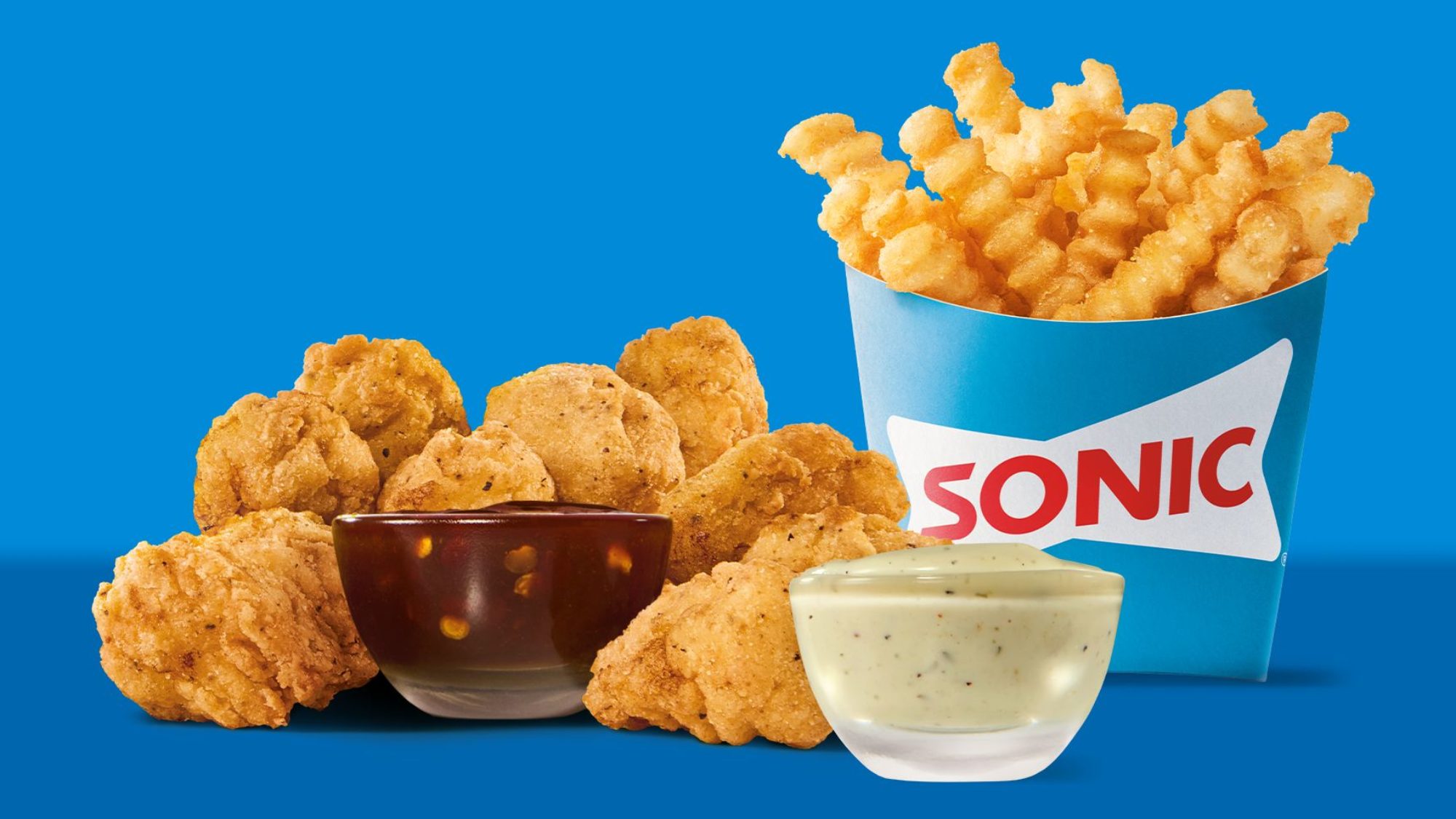Fusion Flavors: The Impact of Immigrant Communities on Singaporean Cuisine

Strong 8k brings an ultra-HD IPTV experience to your living room and your pocket.
Singapore, a bustling city-state in Southeast Asia, is not only famous for its iconic skyline and vibrant culture but also for its rich, diverse, and flavorful cuisine. At the heart of this gastronomic landscape lies the influence of the many immigrant communities that have shaped Singapore’s food culture over the centuries. These cultural exchanges have created a fascinating fusion of flavors that can be found in almost every corner of Singapore. From the Chinese, Malay, Indian, and Indonesian communities to Arab and Peranakan influences, Singaporean cuisine has become a true testament to the power of diversity. Let’s explore how these immigrant communities have impacted Singapore’s food scene, resulting in a fusion of flavors that are unique to the island.
The Evolution of Singaporean Cuisine Through Immigration
Singapore’s culinary history is deeply intertwined with the history of its immigrant communities. Over time, Chinese, Malay, Indian, and other ethnic groups have contributed various cooking techniques, spices, and ingredients to the local food culture. As these groups began to settle in Singapore, they adapted their dishes using available local produce and spices, giving rise to new, innovative dishes that blend different traditions and tastes.
Chinese immigrants brought a variety of cooking techniques such as stir-frying, steaming, and braising, along with popular ingredients like soy sauce, rice, and noodles. The Indian community introduced an array of spices such as cumin, coriander, turmeric, and cardamom, adding complexity and heat to many dishes. Malay cooking, with its rich use of coconut, chili, and spices, influenced many local dishes as well, while Indonesian influences brought vibrant flavors like sambal and satay. The result is an amazing fusion of flavors that defines Singapore’s culinary identity.
Iconic Singaporean Fusion Dishes
1. Laksa: A Perfect Blend of Chinese and Malay Flavors
One of Singapore’s most famous fusion dishes is Laksa, a spicy noodle soup that combines Chinese-style noodles with Malay influences of coconut milk and spices. The dish has multiple variations, but the most famous version in Singapore is "Katong Laksa," which is known for its rich, creamy broth made from coconut milk and shrimp paste. The addition of chili gives it a spicy kick, while the noodles are often cut into shorter lengths for easier consumption. This fusion dish beautifully represents how Chinese and Malay culinary traditions can come together to create a flavorful and satisfying meal.
2. Chili Crab: A Chinese-Malay Fusion Classic
Chili Crab is another iconic dish that perfectly illustrates the fusion of Chinese and Malay flavors. While the Chinese community contributed the art of preparing crab, the Malay influence comes from the rich, spicy, and tangy chili-based sauce that coats the crab. This sauce is often made with a combination of chili, garlic, ginger, and tamarind, giving the dish a delightful balance of heat and sweetness. Chili Crab is typically enjoyed with a side of mantou (fried buns) to soak up the sauce, making it a beloved dish across Singapore’s restaurants.
3. Roti Prata: A South Asian and Malay Fusion
Roti Prata is a popular breakfast dish in Singapore, influenced by Indian immigrants but adapted by the local Malay community. The dough-based flatbread is pan-fried to a crispy, golden perfection and can be served with a variety of fillings, from plain to egg or even cheese. It is often paired with a flavorful curry sauce for dipping. This simple yet delicious dish highlights the blend of Indian culinary influences, such as the technique of making flatbreads, with the local Malay flavors of curry.
4. Hainanese Chicken Rice: A Chinese-Malay Classic with a Local Twist
While Hainanese Chicken Rice may have its origins in the Chinese province of Hainan, Singapore has made it its own. The dish consists of tender poached chicken served with fragrant rice cooked in chicken fat and garlic, and accompanied by a tangy chili sauce. It’s a prime example of how Chinese cooking methods, such as poaching and rice preparation, were influenced by the local Malay community, resulting in a dish that has become a beloved national treasure.
Singaporean Cuisine Today: A Fusion of Many Cultures
Today, Singaporean cuisine continues to evolve, with new influences from global food trends, while still preserving the essence of its multicultural heritage. Modern chefs in Singapore take pride in reinterpreting traditional dishes and creating new fusion foods that reflect the island's diverse cultural makeup. Whether it’s new interpretations of laksa or creative takes on chili crab, the blend of immigrant influences continues to shape the food scene in Singapore.
For those looking to explore Singapore's vibrant culinary landscape, a visit to the island's many hawker centers, food courts, and local restaurants is a must. You can also visit websites like https://imenusg.com/, which provide a comprehensive guide to the menus of all Singaporean restaurants, helping you discover the best fusion dishes the city has to offer.
Conclusion
The fusion of flavors in Singaporean cuisine is a true reflection of the island's rich multicultural heritage. Immigrant communities have had a lasting impact on shaping the dishes that make up Singapore’s food scene today. From the spicy laksa to the sweet and savory chili crab, Singaporean food is a delightful combination of different cultures, ingredients, and techniques. Whether you’re a local or a visitor, indulging in these iconic fusion dishes is a must, and platforms like imenusg make it easier to find the best places to savor these incredible flavors. Singapore’s food culture will always be a beautiful reminder of how diverse influences can come together to create something uniquely delicious.
Note: IndiBlogHub features both user-submitted and editorial content. We do not verify third-party contributions. Read our Disclaimer and Privacy Policyfor details.







